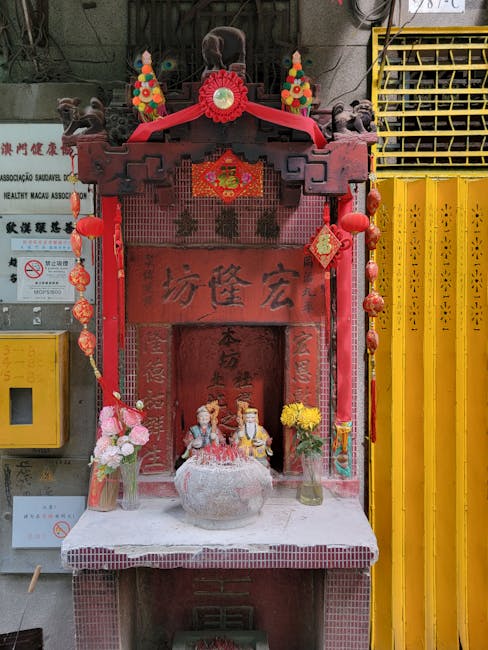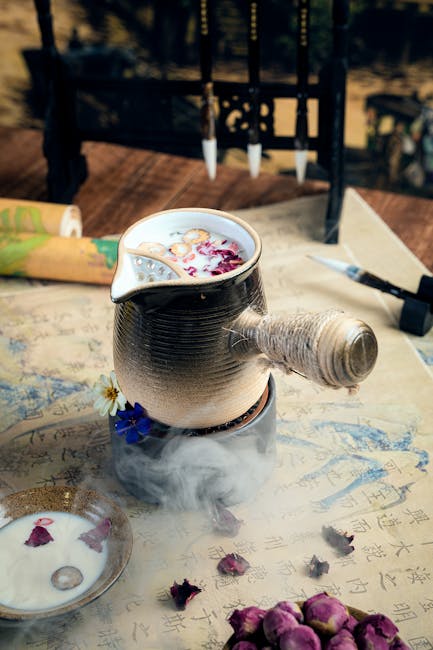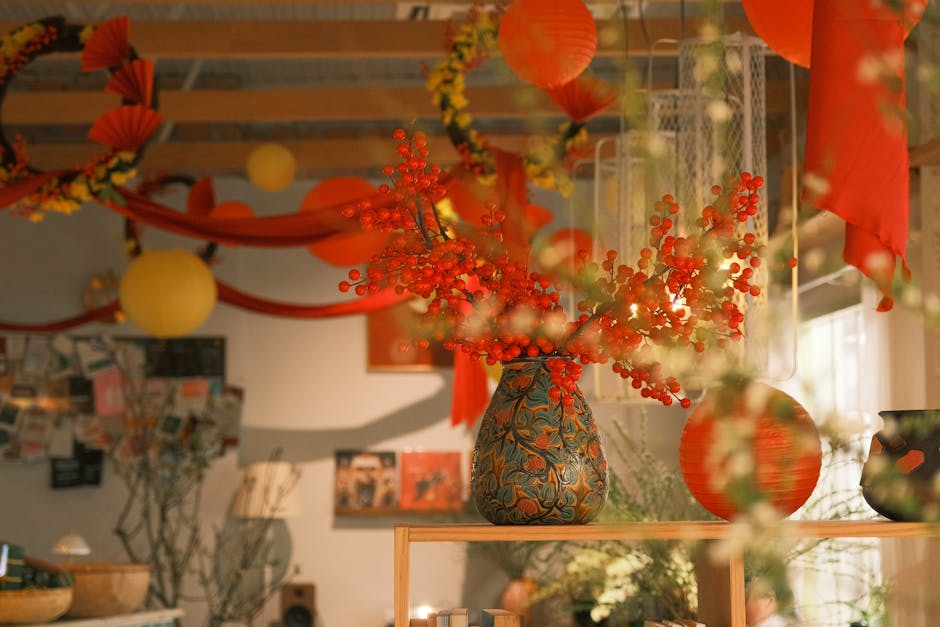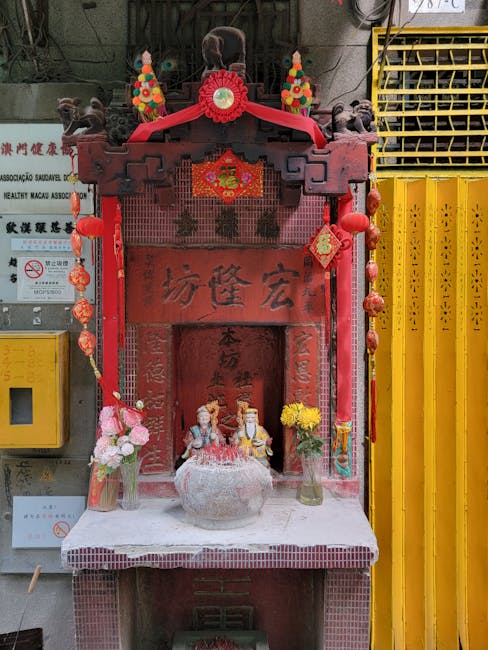Blooming Beauty: A Journey Through the Depiction of Flowers in Chinese Art
For centuries, flowers have held a profound significance in Chinese culture, transcending their mere aesthetic appeal to become powerful symbols imbued with rich meaning and layered interpretations. From the delicate brushstrokes of ancient scrolls to the vibrant hues of modern paintings, the depiction of flowers in Chinese art offers a captivating window into the nation’s history, philosophy, and artistic evolution. This exploration delves into the diverse ways flowers have been represented, examining their symbolic meanings and the artistic techniques employed to capture their ephemeral beauty.
The Symbolic Language of Flowers
Unlike Western art, where flowers often serve as mere decorative elements, Chinese floral art is deeply rooted in symbolism. Each flower carries a unique connotation, often expressing complex emotions, philosophical concepts, or auspicious wishes. Understanding this symbolic language is crucial to fully appreciating the artistry and intention behind these depictions.
The Lotus: Purity and Enlightenment
Perhaps the most iconic flower in Chinese art, the lotus (荷花, hé huā) symbolizes purity, enlightenment, and resilience. Growing from muddy waters yet emerging pristine and beautiful, it embodies the ability to rise above adversity and achieve spiritual perfection. Its depiction in Buddhist art often represents the Buddha’s enlightenment, while in secular contexts, it signifies grace and elegance.
The Plum Blossom: Perseverance and Strength
The plum blossom (梅花, méi huā) is a symbol of perseverance, resilience, and strength. Blooming in the harsh winter months, it represents courage in the face of adversity and the promise of spring’s arrival. Often associated with scholars and intellectuals, the plum blossom symbolizes unwavering integrity and noble character.
The Orchid: Refinement and Elegance
The orchid (兰花, lán huā) is a symbol of refinement, elegance, and scholarly pursuits. Its delicate beauty and subtle fragrance have long been admired by Chinese artists and poets, representing intellectual purity and moral integrity. Often associated with Confucian ideals, the orchid signifies humility and virtue.
The Chrysanthemum: Longevity and Joy
The chrysanthemum (菊花, jú huā) is associated with longevity, joy, and autumn. Its vibrant colors and enduring beauty represent the resilience of life and the acceptance of aging. Frequently depicted in celebrations and festive occasions, the chrysanthemum symbolizes happiness and good fortune.
The Peony: Wealth and Prosperity
The peony (牡丹, mǔdān) is considered the “king of flowers” in Chinese culture, representing wealth, prosperity, and honor. Its large, opulent blossoms are often depicted in celebratory paintings, symbolizing good fortune and marital bliss. The peony’s vibrant colors add to its auspicious connotations.
Artistic Techniques and Styles
The depiction of flowers in Chinese art is not merely about realistic representation; it’s an artistic expression that emphasizes skill, technique, and symbolic meaning. Different dynasties and artistic movements employed unique styles and techniques, resulting in a diverse range of floral depictions.

Ink Wash Painting (水墨画, shuǐmò huà)
Ink wash painting, a hallmark of Chinese art, uses diluted ink to create subtle gradations of tone and texture, capturing the ethereal beauty of flowers. The emphasis is on capturing the essence of the flower rather than minute details, resulting in paintings that are both elegant and evocative.
Brushwork and Calligraphy
The brushstrokes themselves are significant in Chinese floral art, often mirroring the calligraphic style. The fluidity and precision of the brushstrokes convey the artist’s skill and the unique character of each flower. Different brushstrokes can evoke different feelings and textures, adding depth and complexity to the artwork.

Color and Composition
The choice of color and composition plays a vital role in conveying the intended meaning. Vibrant colors often signify joy and celebration, while muted tones can convey a sense of tranquility or melancholy. The placement and arrangement of flowers within the artwork contribute to its overall impact and symbolic message.
Evolution Through the Dynasties
The portrayal of flowers in Chinese art evolved significantly throughout different dynasties. Each era brought its own artistic styles and interpretations, reflecting the socio-political and cultural climate of the time.
Tang Dynasty (618-907 AD): Opulence and Grandeur
Tang Dynasty flower paintings often showcased opulent and lavish depictions, reflecting the dynasty’s prosperity and cosmopolitan nature. Peonies, symbols of wealth and power, were frequently portrayed in vibrant colors and elaborate compositions.
Song Dynasty (960-1279 AD): Refined Simplicity
The Song Dynasty witnessed a shift towards a more refined and minimalist style. Emphasis was placed on capturing the essence of the flower through delicate brushstrokes and subtle color palettes. Ink wash painting became particularly prominent during this era.

Ming Dynasty (1368-1644 AD): Detailed Realism
Ming Dynasty flower paintings displayed a greater attention to detail and realism, reflecting the dynasty’s focus on technical mastery and precise representation. The use of color became more sophisticated, and artists explored a wider range of floral subjects.
Qing Dynasty (1644-1912 AD): Diverse Styles
The Qing Dynasty saw a diverse range of artistic styles, drawing inspiration from previous dynasties and incorporating new influences. Both traditional and innovative approaches to floral depictions coexisted, reflecting the dynamic nature of the era.
Modern Interpretations
Today, the depiction of flowers in Chinese art continues to evolve, with contemporary artists drawing inspiration from traditional techniques while incorporating modern aesthetics and perspectives. The symbolic language of flowers remains relevant, but new interpretations and meanings emerge, reflecting the changing cultural landscape.
Exploring the rich tapestry of flower depictions in Chinese art provides a profound insight into the nation’s history, philosophy, and artistic traditions. From the symbolic meanings embedded within each blossom to the masterful techniques employed by artists throughout the centuries, the enduring legacy of floral art remains a captivating testament to the enduring beauty and cultural significance of flowers in China.

